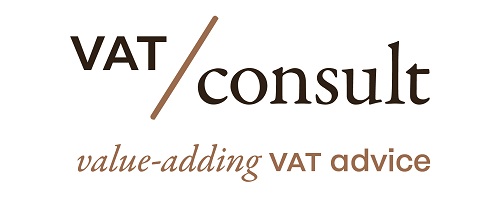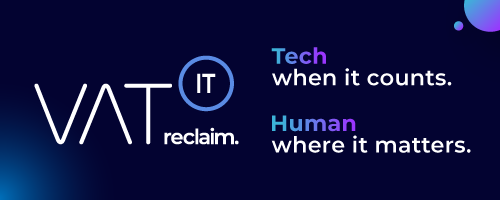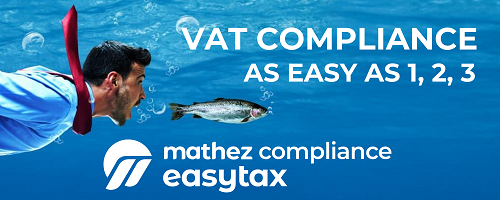- The Carbon Border Adjustment Mechanism (CBAM) will enter into application in its transitional phase on 1 October.
- CBAM is a tool to fight carbon leakage and equalize the price of carbon between domestic products and imports.
- It will prevent production from relocating to countries with lower green standards and protect the EU’s climate policies.
- CBAM will initially apply to imports of cement, iron and steel, aluminium, fertilisers, electricity, and hydrogen.
- Importers will have to report on the volume of their imports and greenhouse gas emissions without paying any financial adjustment.
- The transitional phase will serve as a learning period and allow the European Commission to refine the methodology for the definitive period starting in 2026.
- A new CBAM transitional registry will be available to help importers perform and report calculations.
- The EU aims to achieve climate neutrality by 2050 and encourages global industry to embrace greener technologies.
- CBAM is fully compliant with WTO rules and not about trade protection but protecting climate ambition.
Source: ec.europa.eu
Note that this post was (partially) written with the help of AI. It is always useful to review the original source material, and where needed to obtain (local) advice from a specialist.















